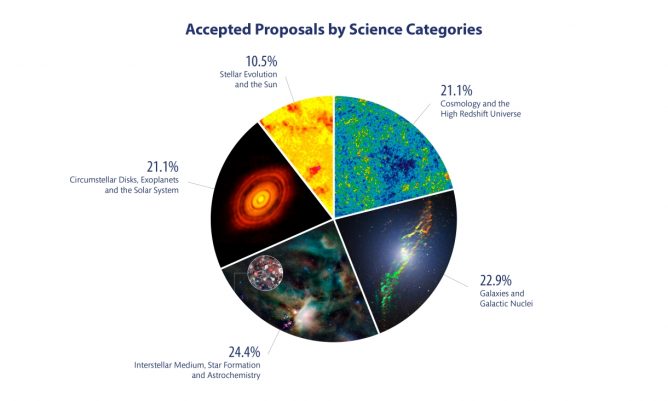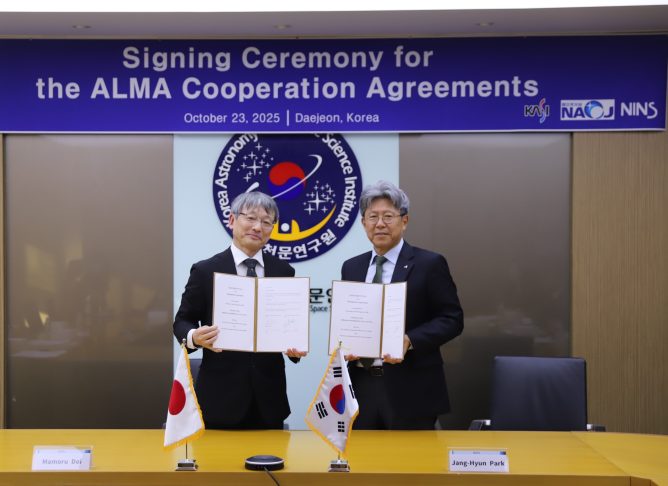After notifying the over 1100 astronomers who were granted observation time with ALMA, a process that had taken nearly five months is finally ending. The ALMA Proposals Review Committee met last June in Antwerp, Belgium to evaluate the 1,661 proposals submitted from all around the world. This new observing cycle will begin in October 2017 with new capabilities available for the community.

The science advisors of the ALMA Proposal Review Committee gathered in Antwerp, Belgium.
Credit: ALMA (ESO/NAOJ/NRAO)
“The expert advice of the 146 members of the ALMA Proposal Review Committee is vital to keep the observatory doing top edge science and, at the same time, be as objective as possible in the prioritization of the observation proposals received” says Gautier Mathys, the astronomer in charge of the coordination of the proposal selection process at ALMA. The scientific reviewers met for a week to establish a ranking of which proposals were likely to produce the most exciting results.
The category Interstellar Medium, Star Formation and Astrochemistry received the most proposals submitted (422 of which 105 were selected); followed by Cosmology and the High Redshift (386 submissions of which 100 were selected); Galaxies and Galactic Nuclei (354 proposals and 102 were selected); Circumstellar Disks, Exoplanets and the Solar System (354 submissions and 85 selected); and finally, Stellar Evolution and the Sun (145 submissions and 41 selected).

Breakdown of ALMA Cycle 5 accepted proposals by science category.
Credits: Composition: ALMA (ESO/NAOJ/NRAO) | Background images: The Sun – ALMA (ESO/NAOJ/NRAO) · CMB – NASA / WMAP Science Team · Astrochemistry – ESO/L. Calçada & NASA/JPL-Caltech/WISE Team · Centaurus A – ALMA (ESO/NAOJ/NRAO); Y. Beletsky (LCO)/ESO · HL Tau – ALMA (ESO/NAOJ/NRAO).
The regional distribution of the observation time for the 12-meters array is Europe 34%, North America 33%, East Asia 22%, Chile 10%, and Open Skies 1%. The same distribution for the Atacama Compact Array is 25% Europe, 36% for North America, 29% East Asia and 10% Chile.
Cycle 5 observations will begin in October 2017 and will end in September 2018 with at least 56 antennas available. The 433 proposals selected will have access to explore the Universe at millimeter and submillimeter wavelengths using eight receivers: Bands 3, 4, 6, 7, 8, 9, 10, and, for the first-time, Band 5. During this cycle, ALMA will achieve an angular resolution as fine as 0.018 arcseconds using a 16-kilometer maximum baseline.









